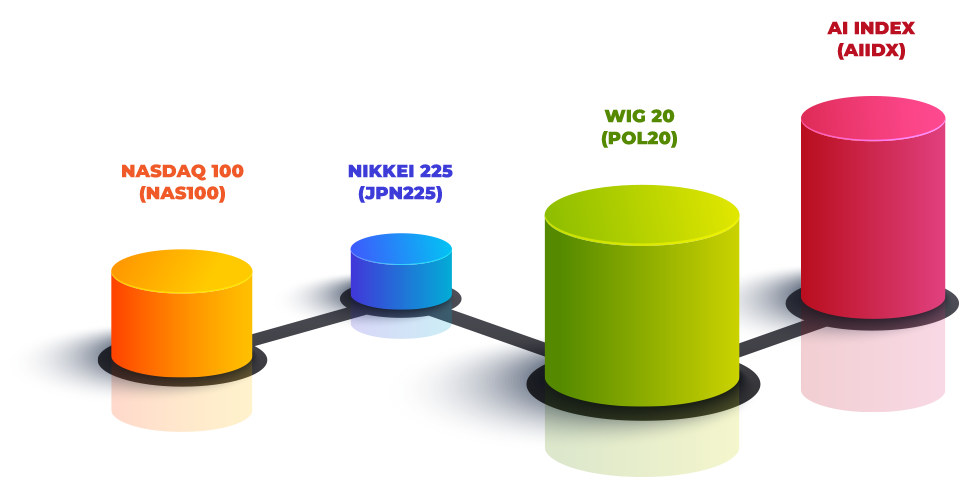Get our app!
DownloadIndices

Equity index futures are based on the indices of common stocks, and are providing effective hedging instruments for hedging equity to the investors. Equity indices are also one of the most popular investment products among retail investors. Equity index futures are one of the effective tools in avoiding the risk of stock market fluctuations and price volatility.
TRADING ON INDICES WITH CFDS
In order to view the list of indices you can trade with FXORO Global, please click here.
You should be aware that CFD is a leveraged product which can result in the loss of your available funds therefore you should only speculate with money that you can afford to lose. Please ensure you fully understand the risks involved, seeking independent advice if necessary prior to entering into such transactions. Please click here to read our full Risk Disclosure.
Why FXORO Global?
Simple & Intuitive Platform
Competitive Spreads
Authorised and Regulated
Online Support
Trading is risky.
| Shares | Sell | Buy |
|---|---|---|
|
EURUSD
-0.32%
|
1.17083
|
1.17083
|
|
GOLD
+0.38%
|
4318.17
|
4318.68
|
|
OIL
+1.58%
|
55.90
|
55.94
|
|
GER40
+0.16%
|
24167.50
|
24170.50
|
| Shares | Sell | Buy |
|---|---|---|
|
EURUSD
-0.32%
|
1.17083
|
1.17083
|
|
GBPUSD
-0.75%
|
1.33169
|
1.33169
|
|
EURGBP
+0.49%
|
0.87925
|
0.87925
|
|
USDJPY
+0.55%
|
155.553
|
155.555
|
|
USDCAD
+0.22%
|
1.37817
|
1.37822
|
| Shares | Sell | Buy |
|---|---|---|
|
NAS100
+0.39%
|
25420.50
|
25422.50
|
|
GER40
+0.16%
|
24167.50
|
24170.50
|
|
US30
+0.09%
|
48490.50
|
48495.50
|
|
US500
+0.23%
|
6863.38
|
6864.88
|
| Shares | Sell | Buy |
|---|---|---|
|
GOLD
+0.38%
|
4318.17
|
4318.68
|
|
OIL
+1.58%
|
55.90
|
55.94
|
|
NGAS
+0.15%
|
3.927
|
3.945
|
|
COPP
+0.64%
|
5.3198
|
5.3238
|
|
COFF
-2.30%
|
352.08
|
352.68
|
